The Victorian era was named for England's Queen
Victoria, who ruled Britain from 1837 to 1901. Stylistically it was an age
of romance and eclecticism. After a century and a half of logical and
orderly neoclassical design, Victorian style burst forth with its ideals of
abundance, imagination and diverse cultural richness. At the height of this
Rococo Revival period in America, the pianos were bedecked with garlands,
floral swags, scrolls, ribbons of sinuous leaves and vines, cornucopia and
blossoms.
In the Victorian era pianos were viewed
as a universal symbol of culture, breeding and refinement. In the 1880's,
with the onset of the Industrial Revolution, mass production of pianos began
in the United States. Piano manufacturers embraced the industrial techniques
of interchangeable parts and coupled them with an assembly line. The
resulting efficiencies led to extraordinary price reductions. Victorian
details were factory produced, making elaborate decorations affordable to a
broader public. Decorative motifs ranged widely-from classical designs to
floral patterns to repetitive geometric forms.
.jpg)
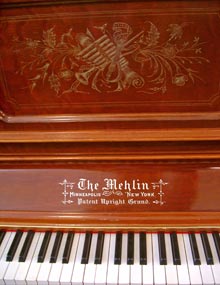
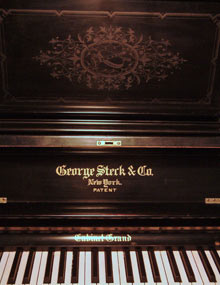
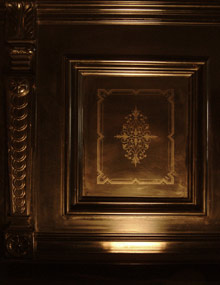
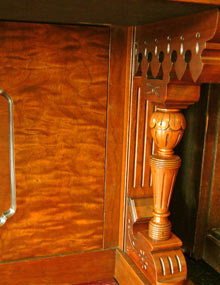
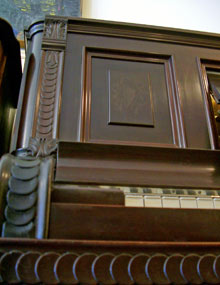
.jpg)
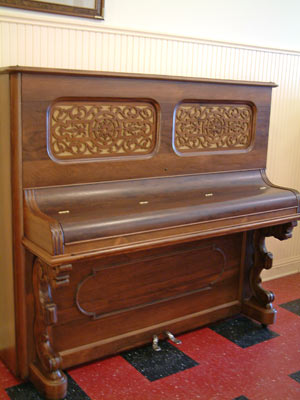
.jpg)
